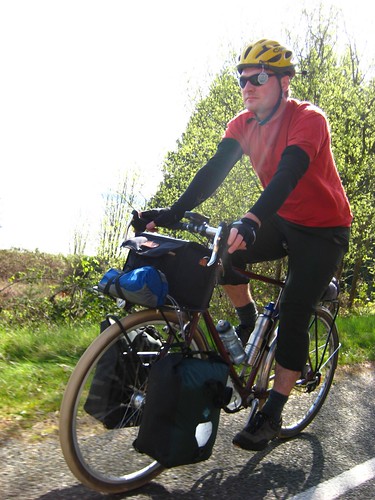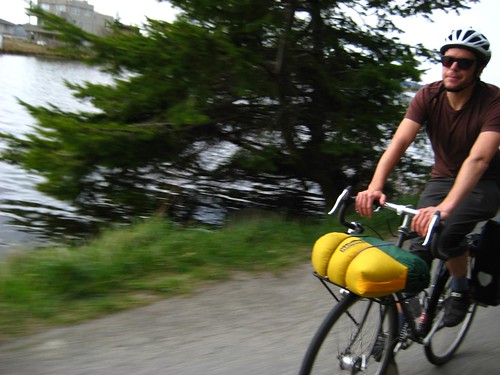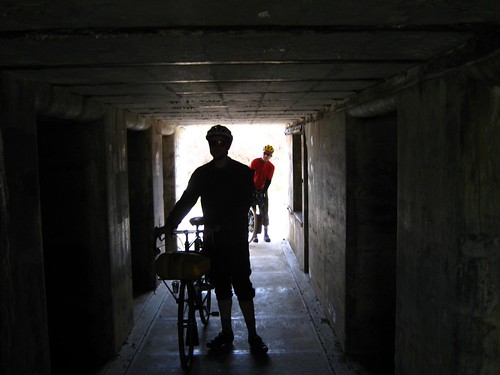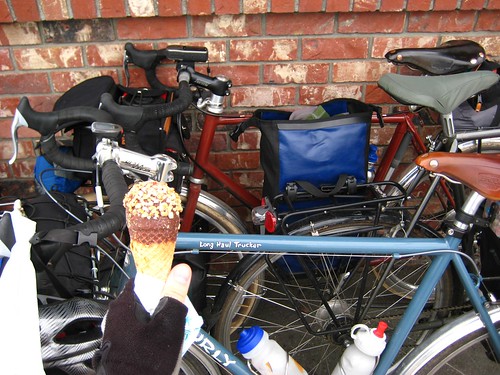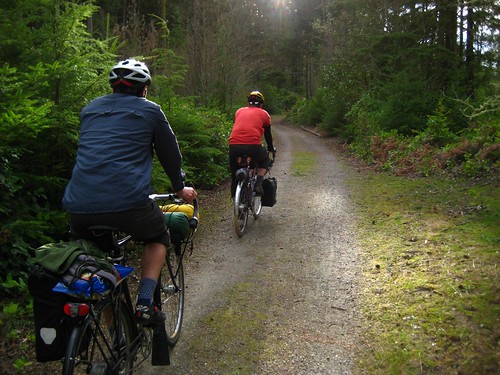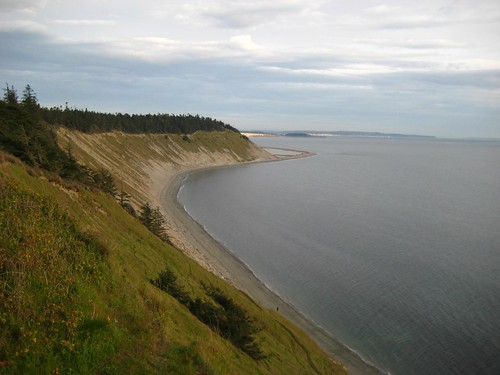Really simple bending for a rack platform
I published a blog entry a long time ago with a “simple” way of bending tubing. It is far more complex than what I actually do today. I’ve been meaning to write a followup for over a year, but always forget to take photos when I’m bending up a rack deck. I’m going to just do it in words. Hopefully I’ll update this in the future with photos, but in the meantime this drawing will have to do.
The instructions here are for making a 10″ x 14″ rack deck using roughly 4′ of 5/16″ tubing and a bender that has a 15/16″ radius. The straight sections of the rack deck will be 12″ and 8″. The 15/16″ radius for each bend makes the rack about 2″ wider and 2″ longer than the straight sections in each of those directions.
I always make my bends to the right. There is no math in this method except for basic subtraction and dividing by 2″.
Bend 1:
Mark a line 6″ from the start of the tube.
Align that mark with the 0 on your bender.
Bend to 90 degrees and mark where the 90 is on the tube.
Check with a square to make sure that it is actually 90, tweak as necessary.
Bend 2:
Mark a line 8″ from the last mark (the start of the next straight section)
Align that with the 0 on your bender
Check that the bends are in the same plane. I do this by spotting down the bender to align the tube with the bending form.
Bend to 90 degrees and mark the 90
Check the 90 with a square. Check that the bends are in the same plane using a flat surface. Tweak as necessary.
Bends 3 and 4:
Repeat the same technique for bend 2 with distances of 12″ and 8″.
Closing the loop:
- After bend 4 mark a line 6″ from the start of the last straight
section. That should line up with the start of your rack deck. Cut
off the excess tubing (a couple of inches) and splice.
If you want a different size of rack deck then just pick different numbers for the straight sections. Most of my recent racks have been 12″ x 11″ long, so I’m using 10″ and 9″ straight sections.
You can put the splice anywhere that seems good. I just tend to center it because it keeps the math simple.



















